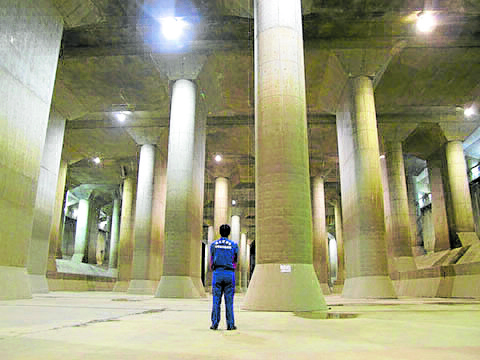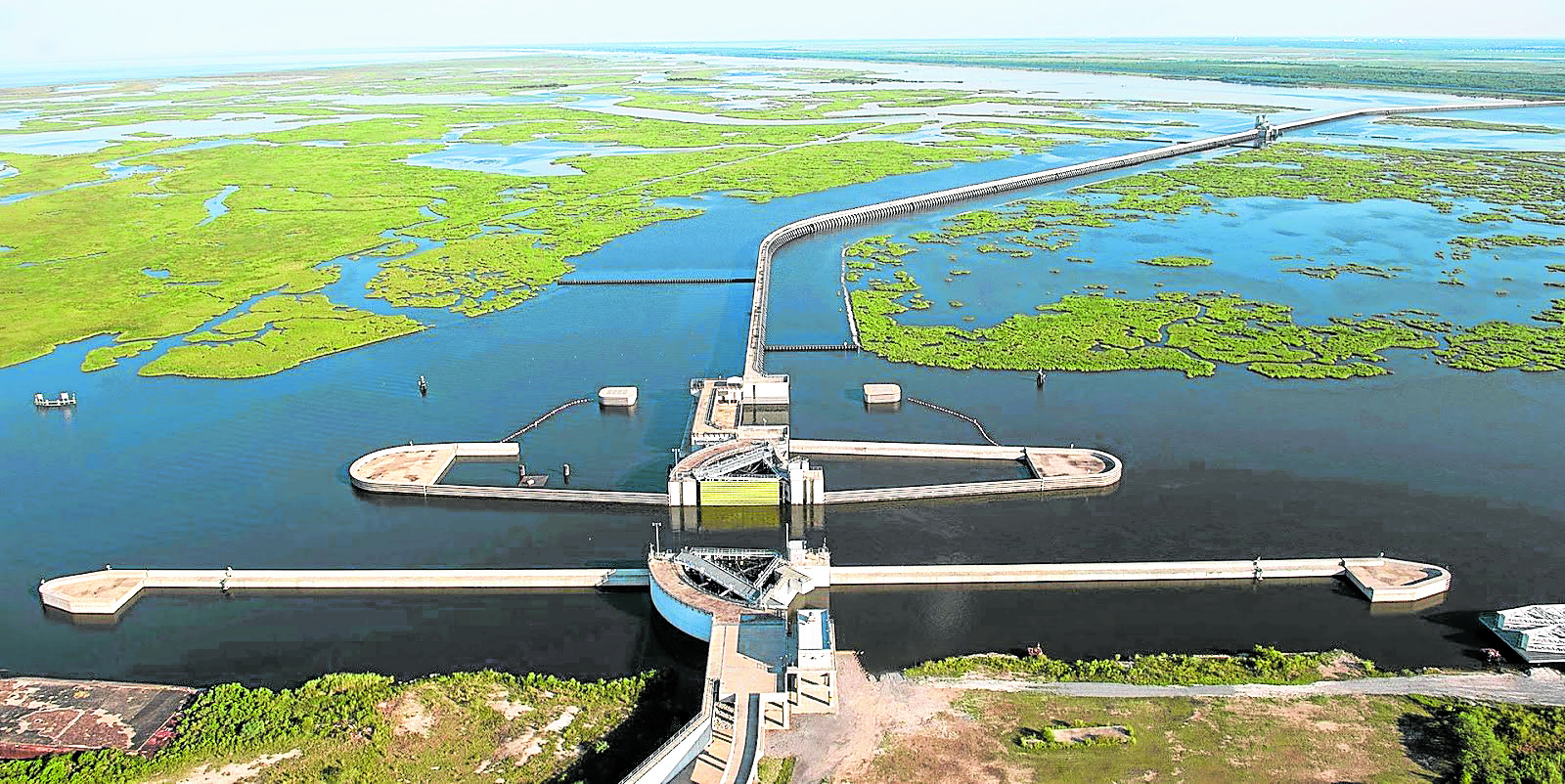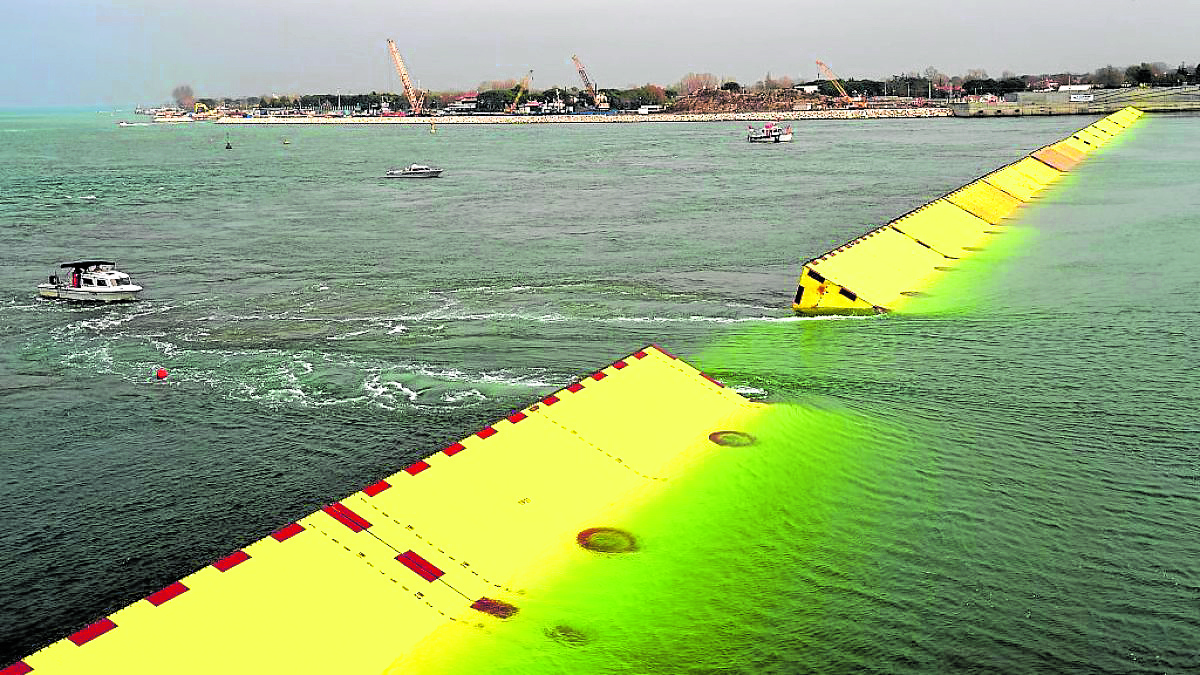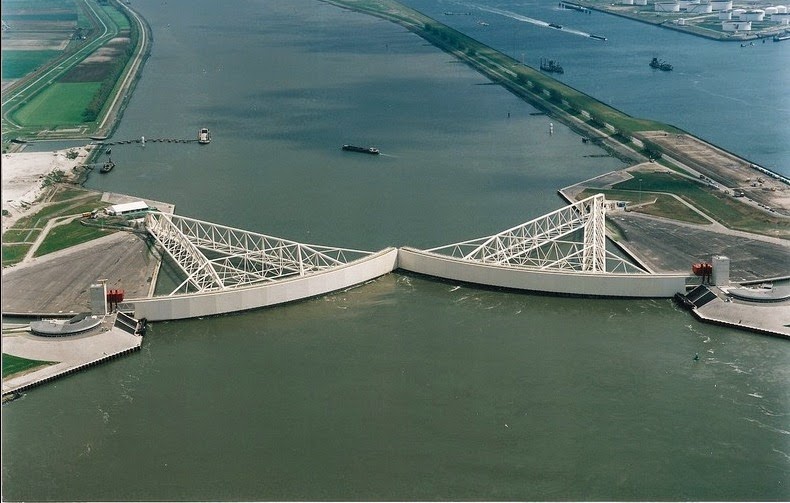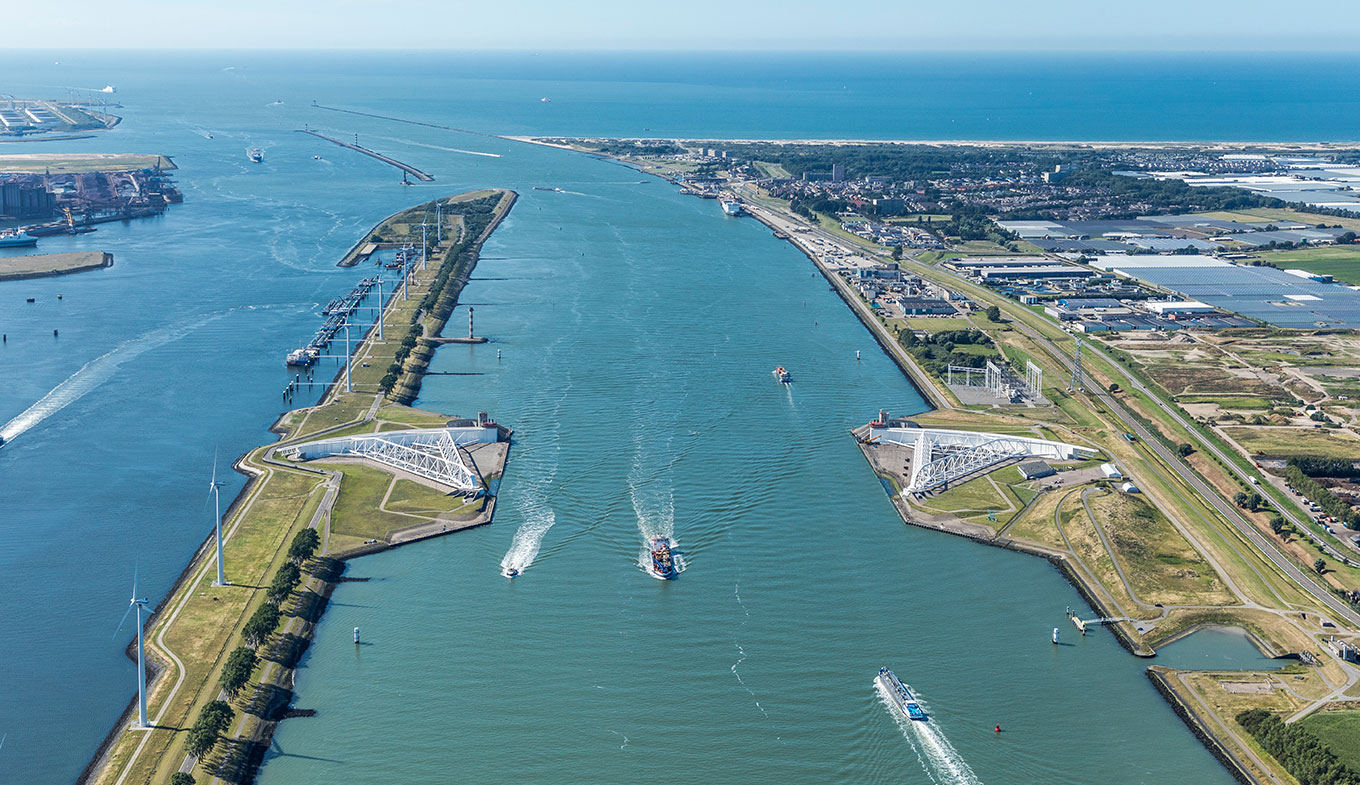Going beyond resiliency
Three cyclones barreled the archipelago just two weeks into November, instigating a surge of social media posts about deluge, havoc and plea. So, too, have signs of Filipino resilience cropped up. We are waterproof. We shall overcome. These challenges came so we could model strength of spirit to the world.
However, a counter-narrative has emerged over time, from Ondoy to Ulysses, from one monsoon season to another. Perhaps, we have so expected citizens to recover that we have failed to demand large-scale, forward-thinking solutions.
Battered more frequently and more harshly because of the climate crisis, how long can we bank on the resilient spirit? With a new Department of Disaster Resilience in the works, would it be wrong to expect readiness over rescue? To pique minds over the possibility of changing the narrative, here are some of the world’s best flood-mitigation projects.
Tokyo
The Japanese capital has a brutal terrain. Tokyo lies on a flat floodplain, with eight rivers running through it. It now has a longer and more hostile typhoon season. Guerilla rainstorms have also increased flooding.
In response to these, the government spent $2.2 billion on a mammoth project begun in 1992 and completed in 2006. The 63-km long Tokyo Metropolitan Area Outer Underground Discharge Channel funnels runoff from minor rivers to the Edo. It has five silos that can each fit the Statue of Liberty. These drain water and channel it to a reservoir that then pumps out to the major river.
The structure, designed to withstand a 1-in-200-year flood event, has decreased flood-prone areas from 137 ha to 72 ha and reduced damage to property by 90 percent.
New Orleans
Hurricane Katrina in 2005 caused the cataclysmic flooding in the city of New Orleans in Louisiana. Generating storm surges up to 7 m high, it breached flood-protection infrastructure in 53 locations and submerged most of the city for weeks. To this day, Katrina is the costliest tropical cyclone to hit the United States.
To prevent a repeat, $14.5 billion went to building improved flood-mitigating structures. Now, the city has nearly 600 km of floodgates and levees, plus a primary line of defense against storm surges: Lake Borgne Surge Barrier. It is a 3-km “Great Wall of New Orleans” reinforced with steel worth eight Eiffel Towers. Other projects like multiuse floodwater drains and containment facilities will complement the effort. Residents have also come together to turn the bowl-like city into a resilient sponge, draining or storing rainwater with smarter design choices and gardens at home.
Venice
The MOSE Project in Venice, Italy, parts the sea like the biblical character did (“Mosè” in Italian). The name stands for MOdulo Sperimentale Elettromeccanico (Experimental Electromechanical Module)—mobile gates located in three inlets that would isolate the Venetian Lagoon from the acqua alta of the Adriatic Sea.
The $2-billion system would protect the iconic city and many other low-lying areas from surges and tides as high as 3 m. It was commissioned in 1984 but work only began in 2003. It failed to meet several deadlines because of a love-hate dynamic among citizens. As Venice experienced its worst high-tide flooding in 50 years in November 2019, the government doubled down on MOSE. Part of the project was previewed in July, with more work expected until its full operation by 2021. The system proved effective when it was activated during a high tide this October.
Rotterdam
Rotterdam is a perfect case for flood mitigation. It perfectly showcases how the Netherlands stayed above water even when a quarter of it, including most of the city, is below sea level. Older districts are protected by traditional dikes while newer ones are artificially elevated. The city features some of the best amphibious structures in the world. Maeslantkering–a pair of movable surge barriers, each the size of the Eiffel Tower– closes when a storm surge threatens to rush inland.
The Dutch have taken floods seriously since the North Sea flood of 1953 inundated 200 sq km of land and killed 1,800 people. The country has fortified itself with dikes, dunes, dams, barriers and basins. In 2000, it also redesigned flood-prone riversides, recognizing that three major European rivers emptied in its deltas. The cities have multi-use structures like parks doubling as basins. All these protect the country against a 1-in-10,000 event. From focusing on flood control, the Dutch are now known for “controlled flooding.” It took them decades to get there, and are still working to improve their response.
The Philippines has to at least start somewhere.











